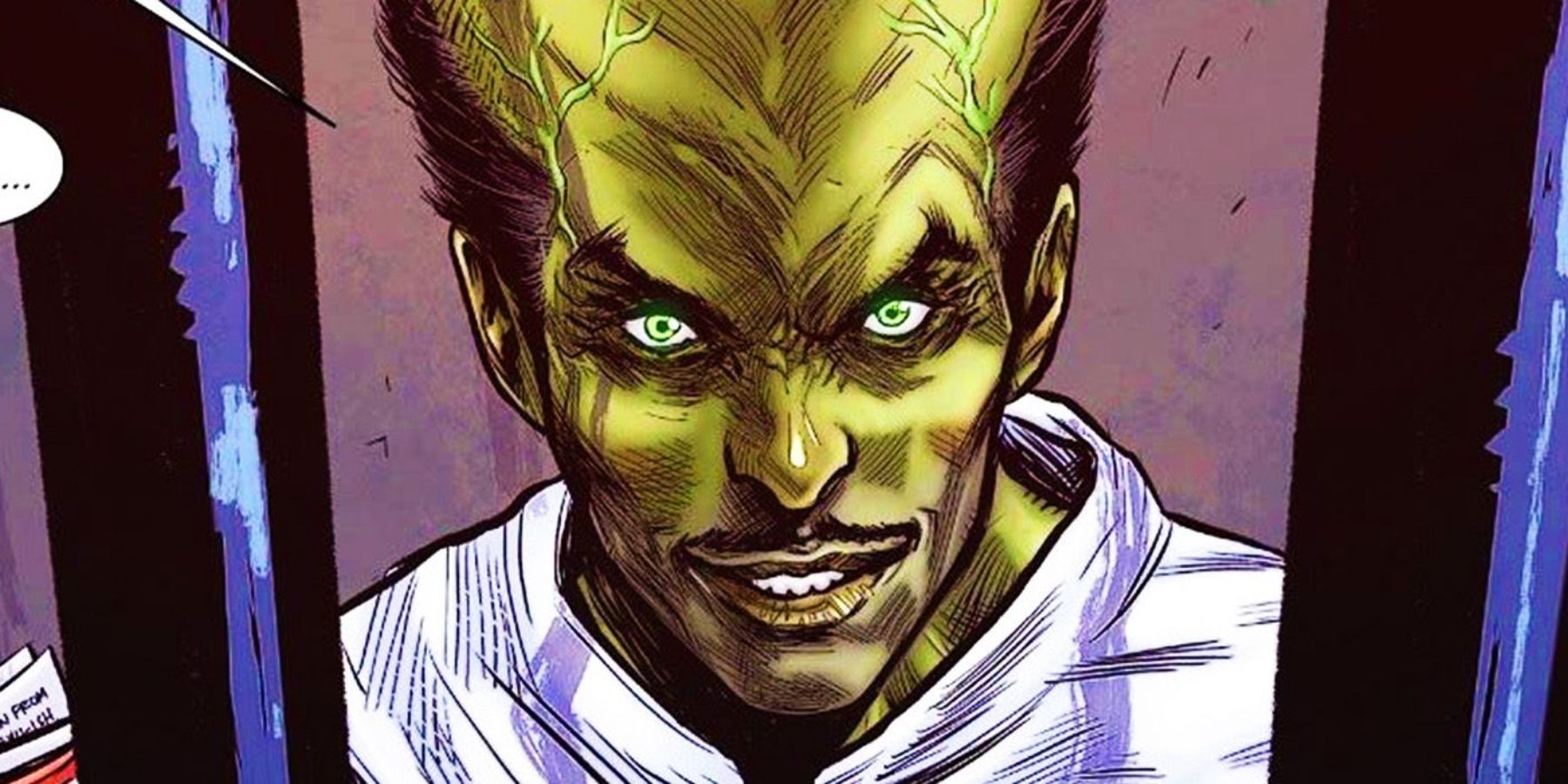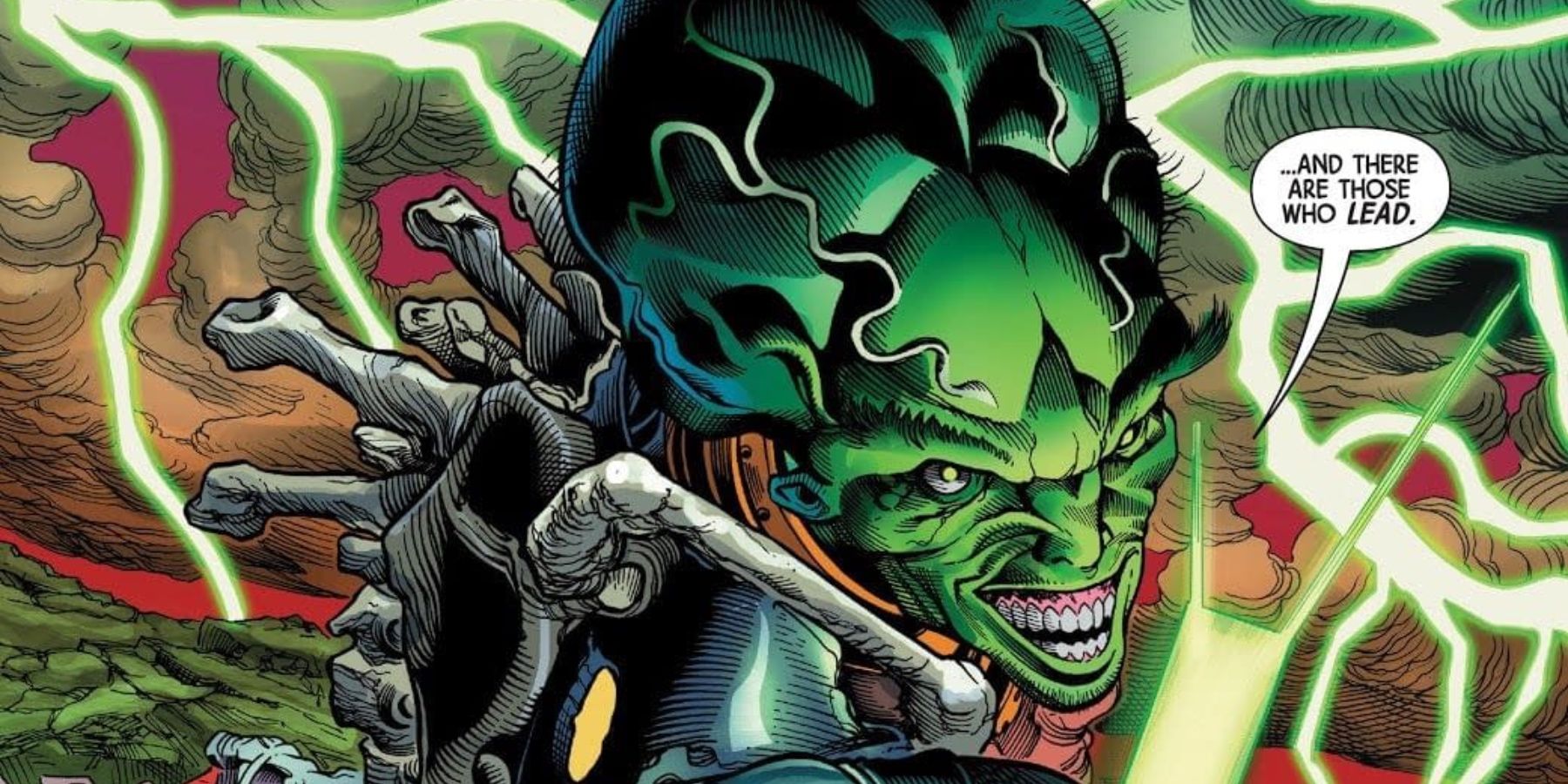Games
Captain America: Brave New World's The Leader is So Much Scarier in This Great Hulk Comic

Quick Links
Table of Contents
Captain America: Brave New World might be the fourth movie in the Captain America franchise, but it doesn’t feel like a continuation of the character. Sure, there are references to the third entry, Captain America: Civil War, and to Sam Wilson’s last outing in the Disney+ series The Falcon and the Winter Soldier. But the most significant emotional and plot beats focus on characters from the 2008 MCU stinker The Incredible Hulk.
Those connections to The Incredible Hulk range from President Thunderbolt Ross, played by Harrison Ford instead of the late William Hurt, and his relationship with daughter Betty to the movie’s prime villain, an embittered scientist named Samuel Sterns aka the Leader.
Related
Captain America: Brave New World Misses Its Chance To Set Up Hulk’s MCU Future
With changed character arcs and missing Hulks, Captain America: Brave New World misses its chance to set up a World War Hulk movie for the MCU.
Actor Tim Blake Nelson’s wonderfully goofy take on the Leader helps forgive a lot of the clunkier parts of Brave New World. But the character would have been so much more impressive had it followed the model set by the groundbreaking comic book series The Immortal Hulk.
Who is Samuel Sterns?
MCU fans first met Samuel Sterns before they knew who he was. Throughout The Incredible Hulk, Bruce Banner (then portrayed by Edward Norton) maintains communication with a mysterious figure known only as Mr. Blue. Mr. Blue seeks samples of Banner’s blood, and claims that he may know a way to cure Banner’s condition.
Late in the film, Banner comes face to face with Mr. Blue, a nervy scientist called Samuel Sterns. During their meeting, Sterns reveals his true purpose, not to heal Banner, but to take the gamma-irradiated blood for himself. The betrayal enrages Banner, who Hulks out and trashes the lab, cutting Sterns’ head in the fracas. The last shot we see of Sterns in The Incredible Hulk finds him staring directly at the camera and smiling as a broken vial of blood leaks green ooze into the open wound. When he returns in Brave New World, Sterns’s head has mutated to an absurd size, an indication of his gamma-irradiated brain.
The Sterns shown in Marvel Comics has a very different origin story. Created by Stan Lee and Steve Ditko, the Leader debuts in 1964’s Tales to Astonish #62, a tale that pits the Hulk against Spider-Man villain the Chameleon. The Leader lurks in the background, setting the Chameleon to infiltrate a U.S. army base, impersonate General Ross, and gain information about the Hulk.
Over the years, we learn more about the Leader’s background. Raised in the shadow of his brilliant older brother, the dimwitted Sterns always yearned for the intelligence that his parents admired. Working as a cleaner at his brother’s lab, Sterns knocked over some canisters containing gamma radiation. The accident gave him a malformed head, but also increased his intelligence. Sterns deemed it a fair trade-off, continuously bathing himself in radiation and becoming more grotesque in the process.
Taking the name the Leader, Sterns saw the Hulk as his ultimate rival, a brute who wasted the gamma that rightfully belonged to him. The Leader would plague the Hulk time and again, manipulating a variety of heavies to do his bidding, launching nefarious plots from his base in outer space.
But the Leader went further than ever before during the acclaimed comic book series The Immortal Hulk.
What is the Immortal Hulk?
A fifty-issue run published from 2018 to 2021, The Immortal Hulk returned the title character to his horror roots. Writer Al Ewing, working primarily with penciler Joe Bennett, recreates the Hulk’s gamma origin as part religious allegory and part ecological cautionary tale. The series begins with the emergence of an identity called the Devil Hulk, who takes full control of Banner during the night and goes on his own malevolent mission.
Along the way, Ewing and his co-creators unveil the story as something darker and richer than ever before. As other gamma-powered characters join the search for the Devil Hulk — including variations such as the mob enforcer Joe Fixit and the classic green Hulk — the gamma bomb experiment that transformed Bruce Banner is revealed as a fundamental calamity that not only harmed the environment, but also brought forth an elemental evil called the One Below All.
Much of the first thirty-three issues play almost as a greatest hits story line, pitting Banner and his Hulks against classic antagonists including Leonard Samson, the Minotaur, and even the Thing from the Fantastic Four. Issue #34, written by Ewing and penciled by Butch Guice, reveals the true villain behind the story: Samuel Sterns, the Leader.
Issue #34 retells Sterns’s history and adds a new wrinkle to his frequent deaths and resurrections. Readers learn that the One Below All has chosen the Leader as his vessell. The One Below All resurrects Sterns and sends him back to the Earth to manipulate the gamma-powered characters.
Generally, the Leader is portrayed in a manner similar to the way he appears in Brave New World, a master manipulator whose computer-like mind makes him completely rational. But Immortal Hulk added a religious fervor to the character, connecting his superior intellect to a devotion to an ultimate evil that wants nothing less than the decimation of the Earth.
Can the Immortal Hulk Influence the Future of the MCU?
Although he’s the chief villain in Brave New World, the Leader goes down pretty easily in the movie, going into custody while Sam runs off to battle the Red Hulk. However, in the film’s final post-credit sequence, the Leader returns with an ominous warning. Sterns tells Sam that his Earth is just one of many within a multiverse and warns that each of these realities has its own heroes, heroes who will do whatever it takes to defend their world.
Obviously, the Leader’s tease sets up the multiversal adventures in Avengers: Doomsday and Avengers: Secret Wars. But there’s a darkness to the warning that goes beyond the usual foreshadowing. There’s something haunting about the way that Tim Blake Nelson delivers his lines, as if he’s gone far beyond the thirst for revenge that drove him throughout Brave New World and on to grander concerns.
If those concerns involve the One Below All, then it will take far more than Captain America and his assembled Avengers to save the day. It will take all the heroes and villains in the MCU together to stop whatever evil the Leader unleashes.
Captain America: Brave New World is now playing in theaters.
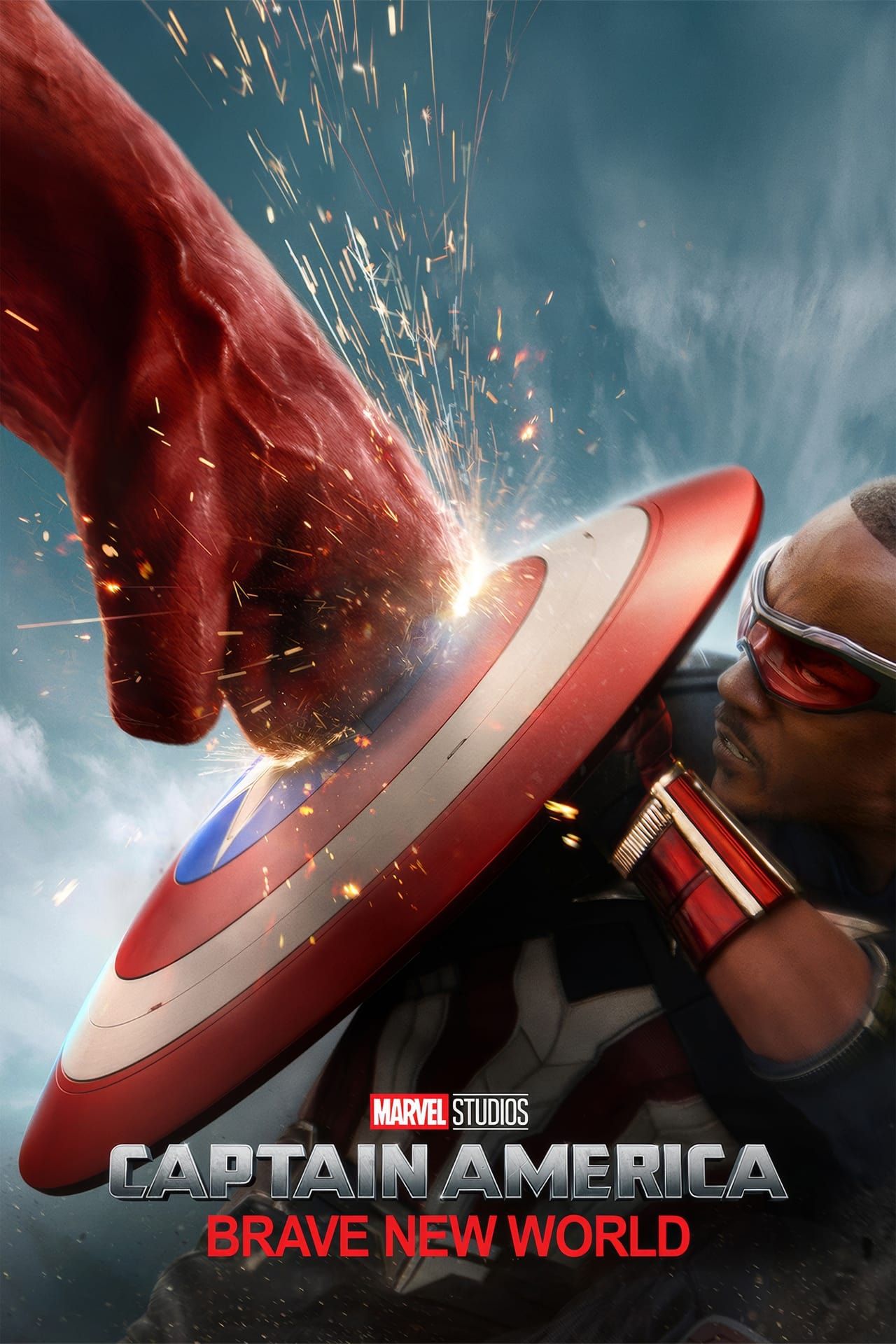
Captain America: Brave New World
- Release Date
-
February 14, 2025
- Director
-
Julius Onah
-
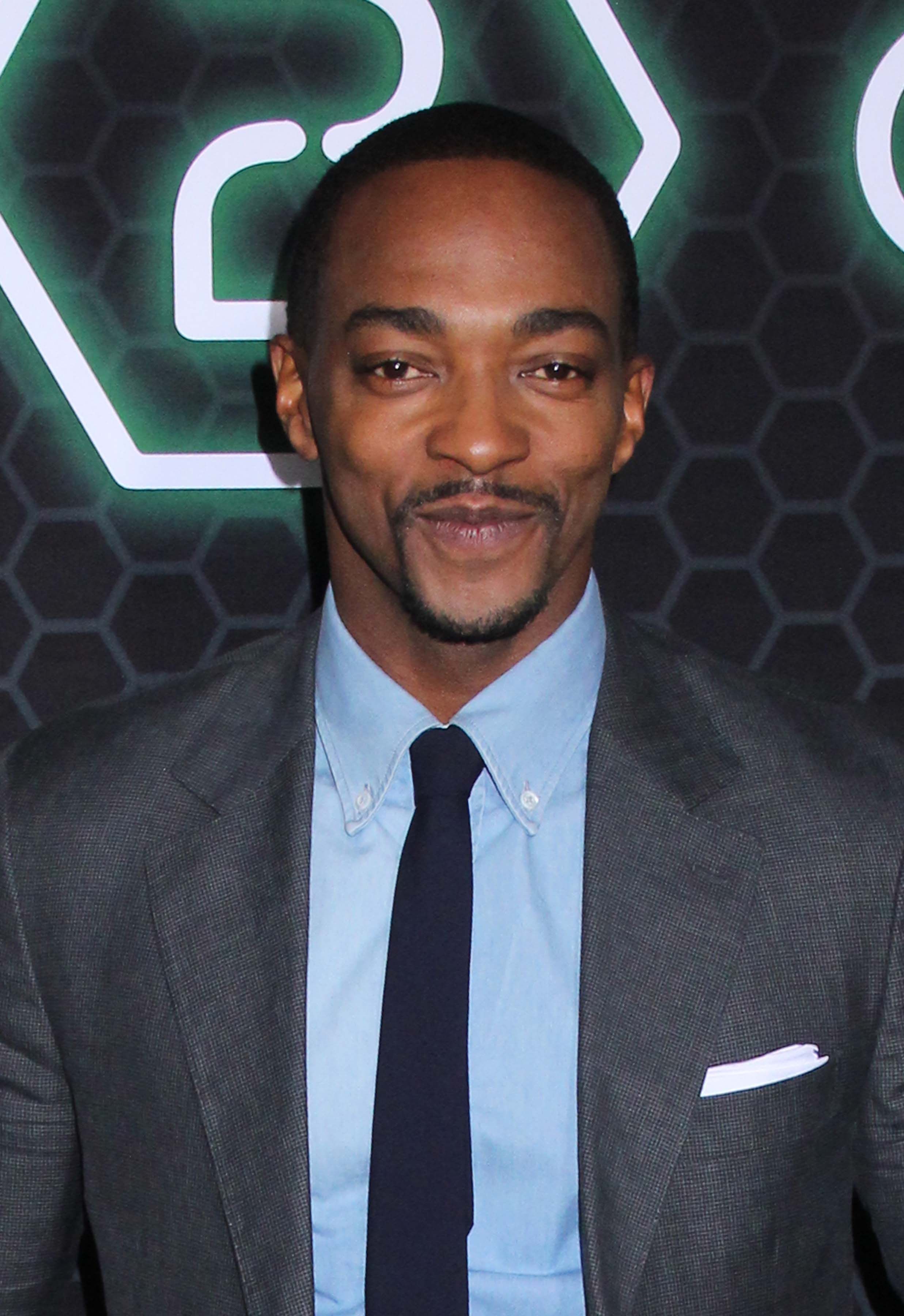
Anthony Mackie
Sam Wilson / Captain America
-
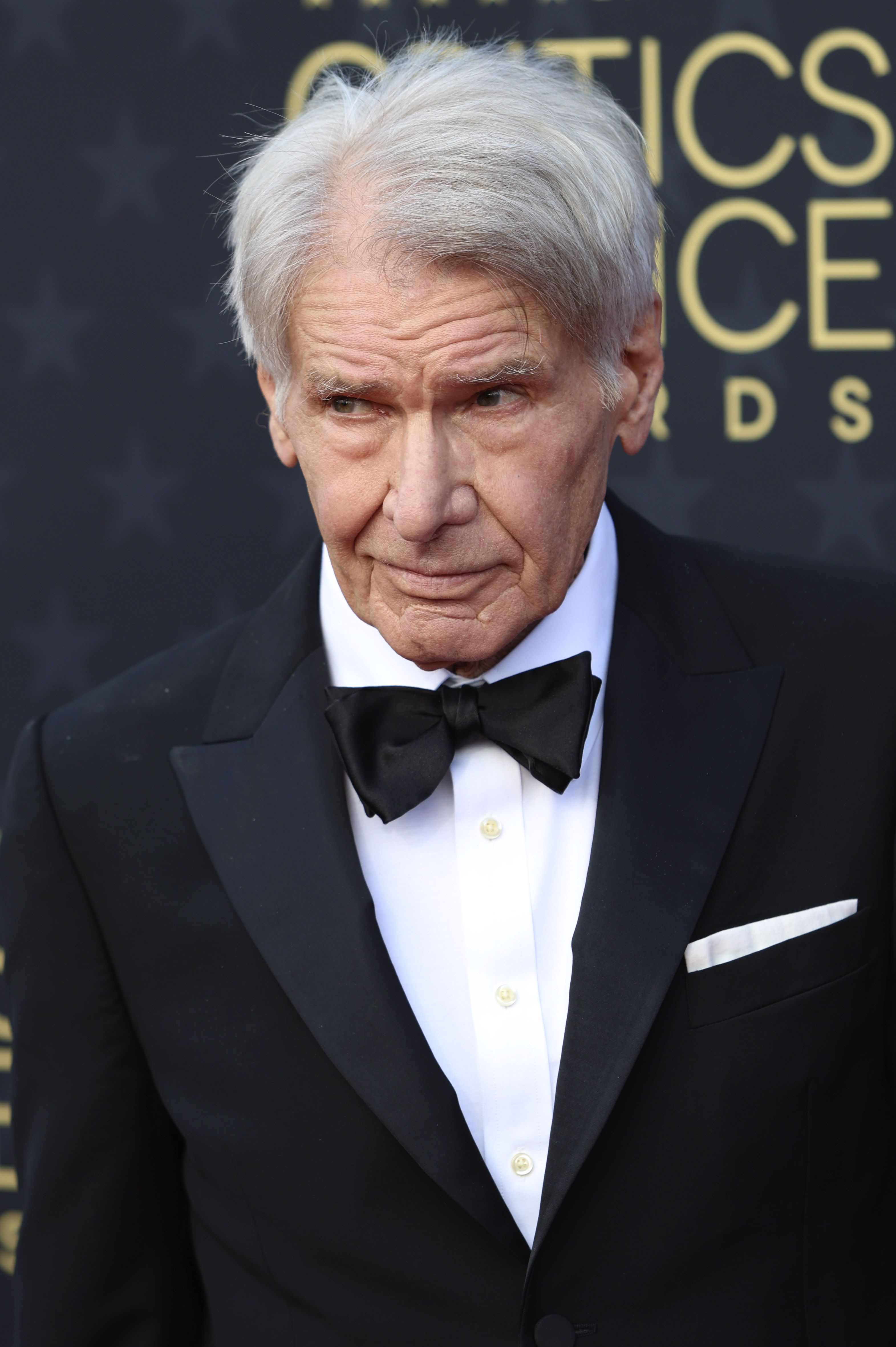
Harrison Ford
Thaddeus ‘Thunderbolt’ Ross / Red Hulk
-
Entertainment3 weeks ago
Here’s what DeepSeek AI does better than OpenAI’s ChatGPT
-
News3 weeks ago
DeepSeek AI gets hit with data privacy red flag by Italy and Ireland
-
Entertainment3 weeks ago
DeepSeek says its newest AI model, Janus-Pro, can outperform OpenAI’s DALL-E
-
Entertainment4 weeks ago
China’s DeepSeek AI might be smarter than OpenAI’s smartest AI
-
Entertainment3 weeks ago
DeepSeek AI: What you need to know about the ChatGPT rival
-
Entertainment3 weeks ago
DeepSeek R1: Why AI experts think it’s so special
-
Entertainment3 weeks ago
iOS 18.3 is here. 3 major changes to know
-
Entertainment4 weeks ago
Elon Musk and the Roman salute: What it is and why it doesn’t matter what you call it

